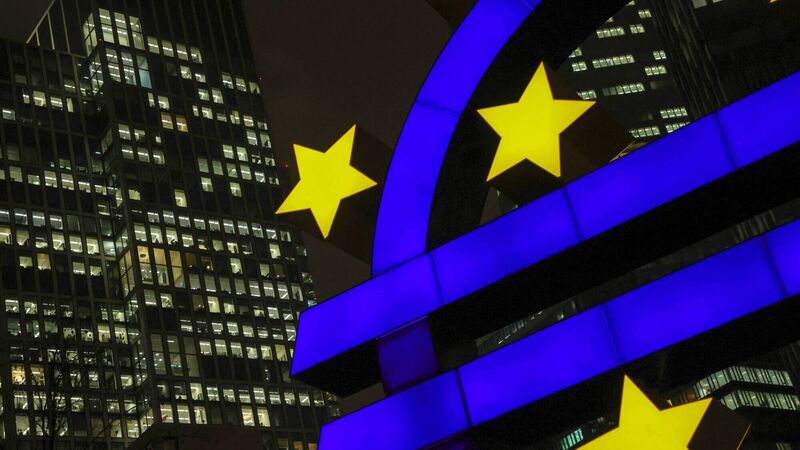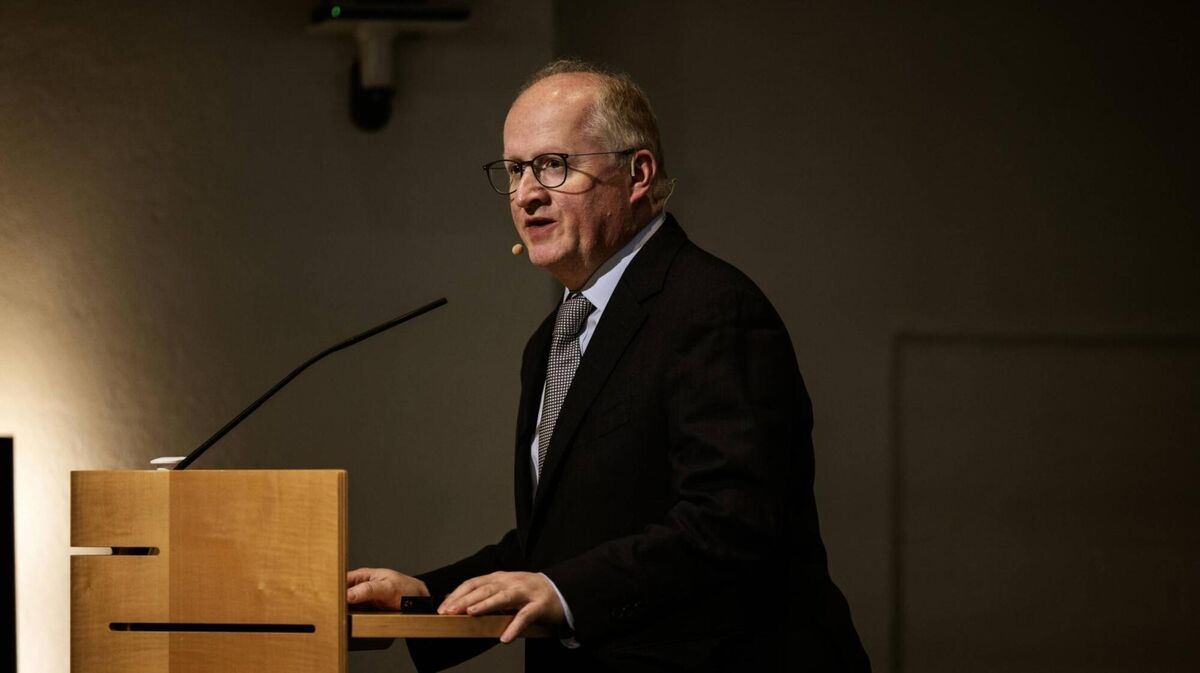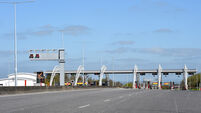Jim Power: Households should brace for more ECB interest rate increases

Inflation is proving very worrying for the European Central Bank, even though headline rates have been decelerating. Picture: Alex Kraus
Persistent inflation and rising interest rates have dominated global economic and financial discourse over the past year, and unfortunately these pressures have continued into 2023.
Over the past week, we got further evidence of just how stubborn inflation is proving, while central bankers are determined to respond by continuing to push up interest rates. Inflation in France jumped to 7.2% in February — the highest rate in that country since the euro was introduced in 1999 — and Spanish inflation jumped to 6.1%.
For the eurozone as whole, the headline inflation rate declined to 8.5% due to lower energy costs, but the core rate of inflation, which excludes volatile food and energy prices, increased.
These inflation developments are proving very worrying for the European Central Bank, even though headline inflation rates have been decelerating, as wholesale energy prices fall and a mild winter lowers fuel consumption.
The problem is that inflationary pressures are strong in areas such as food and in particular services, which will strengthen the resolve of the ECB and other central banks.

ECB chief economist Philip Lane said last week there was still a strong case for the ECB to deliver an increase of half a point on March 16, as was promised at the February meeting.
This rate increase has become a nailed-on certainty, and it is certainly conceivable that another half-point hike could be delivered at the May meeting, although the ECB will have more data to digest before then.
The problem for the ECB is that apart from stubborn inflation, economic activity in the eurozone is proving modestly strong. For example, labour markets remain very tight and the purchasing managers' surveys show industry is expanding.
A half-point increase in March will bring the cumulative tightening to 3.5% since last July, and it is clear there are further rate rises to come.
Meanwhile in Ireland, Eurostat figures showed consumer prices increased to 8% in February, with food prices rising and energy prices falling slightly. Excluding energy prices, inflation is still running at 5.8%.
Central Statistics Office figures showed GDP expanded by 12% last year. However, modified domestic demand — which is basically a broad measure of underlying domestic activity that covers personal, Government, and business investment spending, and as such is a better gauge of what is really happening on the ground in the economy — grew by a very healthy 8.2%.
Personal spending on goods and services expanded by 6.6%, which is also a strong outturn.
The headline-grabber from the economic release was the fact that modified domestic demand contracted by 1.3% in the final quarter of the year. That followed a contraction of 1.1% in the previous quarter, which meant that the domestic side of the economy went into technical recession late last year.
This contraction was largely due to weaker business investment spending, while consumer spending expanded in the final three months of the year.
As is the case every quarter, Irish growth data is notoriously difficult to interpret. However, it seems that while overall activity levels were strong in 2022, growth did slow later in the year.
Looking ahead to the coming months, it seems likely that some components of consumer spending will be adversely affected by the ongoing cost-of-living squeeze and by the effects of interest-rate increases.
It is probable that the domestic component of the economy will be fairly flat in the first quarter, but the overall picture is still a positive one for the Irish economy.
However, the risks are becoming clearer.














